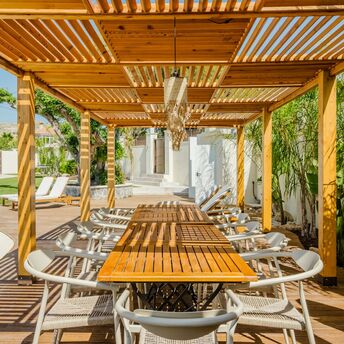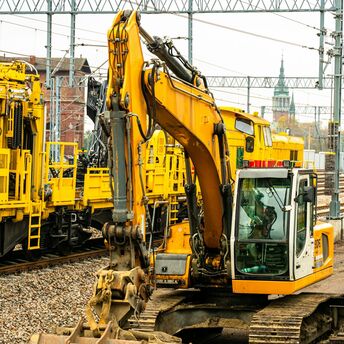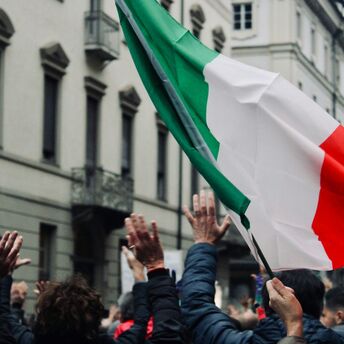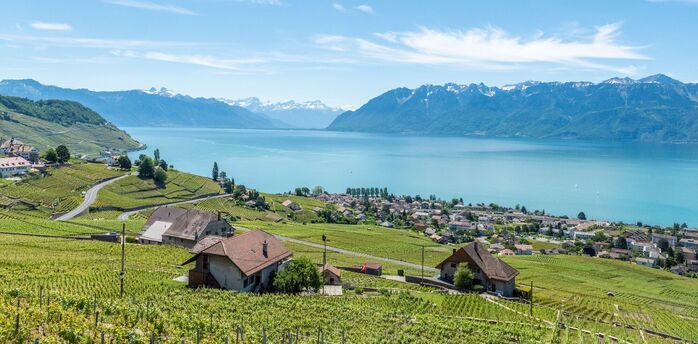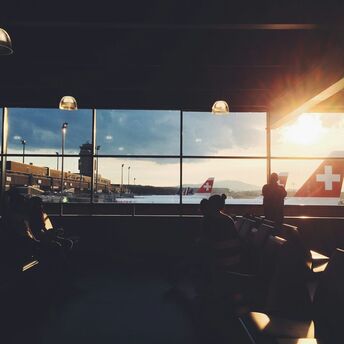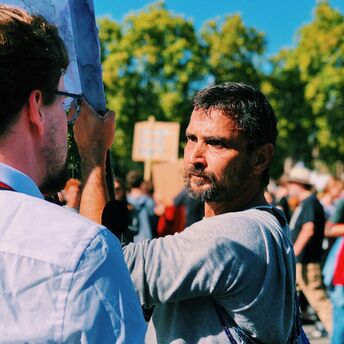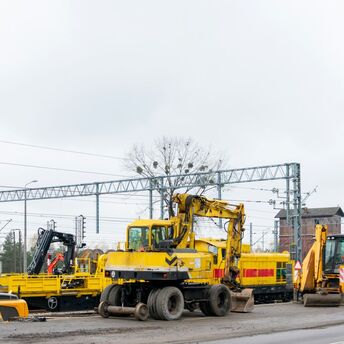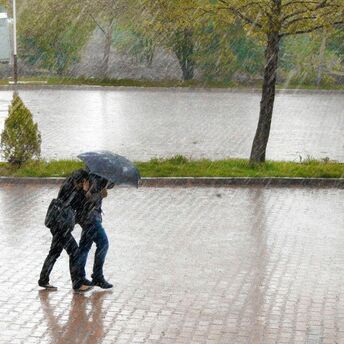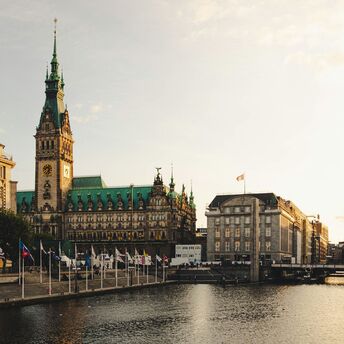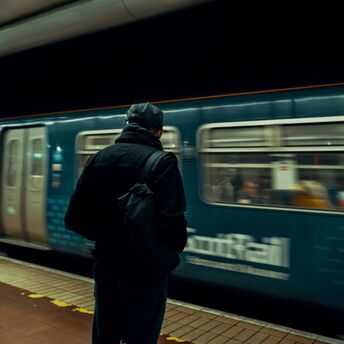Barcelona’s Poblenou Transforms: From Factories to Creative Hubs
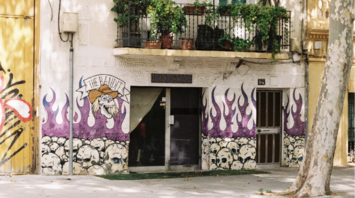
Over in eastern Barcelona, the Poblenou area is slowly reshaping itself, turning from an old industrial zone into a place where creativity is starting to take root. Back when fabric production ran the show, Poblenou’s buildings buzzed with machines. By the end of the 1900s, the machines went silent, and what used to be busy workplaces turned into rows of locked doors and still air. Now, several of these former industrial buildings have been repurposed into creative spaces, with artists and designers setting up long-term studios and workshops across the neighbourhood.
The shift has created a mixed-use urban zone, where traditional trades like metalworking remain alongside newer creative enterprises. One example is Kema, a ceramics studio run by Pablo Pulido and Daiana Nuñez Schneider, where residents have taken part in workshops or purchased handmade items. Nearby, a shared workspace on the eighth floor houses muralist Asis Percales and animator Gerard Cornella. From their windows, you can spot the sea, and every so often, curious visitors get a peek inside as this is not a gallery but a place where art is still being made, not just shown.
A lot of our neighbours have bought things or come and made their own pieces in our workshop. Next door, there’s an iron worker’s forge and a guy who repairs bicycles, so people feel a sense of belonging to the neighbourhood.
Basic services in Poblenou still match its residential character, but they don’t exclude those coming from elsewhere. Small cafés often serve simple weekday lunch menus, mostly for locals but open to anyone who happens to walk by. The district is easy to explore on foot thanks to its flat layout and quiet streets. While it sits outside the usual tourist zones, a metro ride from the city centre takes less than 20 minutes, making short visits easy to plan.
Travelers passing through will notice La Plataforma, a gallery that now fills the space where a printing workshop once operated, offering a look at how old buildings are being used in new ways. Managed by Claudia Costa Oropeza, it exhibits works by local artists and is part of the Poblenou Urban District network. Walking through the neighbourhood, it’s hard to miss the leftovers from another time. Tall brick chimneys and old factory walls still stand like quiet reminders of Poblenou’s industrial roots, lining the streets in their original grid pattern.

What’s happening in Poblenou is part of a larger shift seen in other cities, where former industrial sites find new uses instead of being torn down. For those more interested in watching how a neighbourhood works than ticking off landmarks, Poblenou offers a view into daily city life shaped by people still making and building things, not just selling them.



